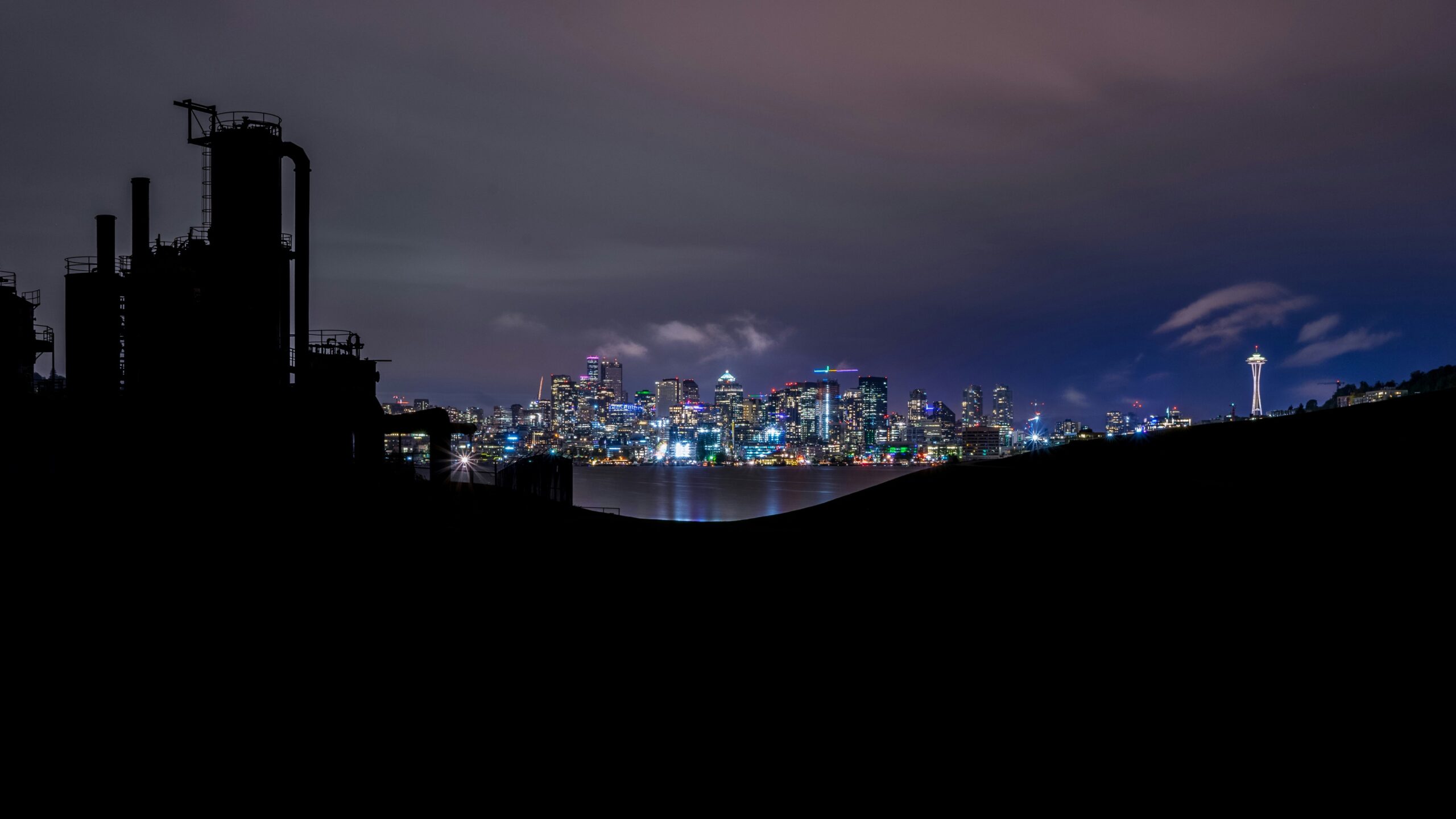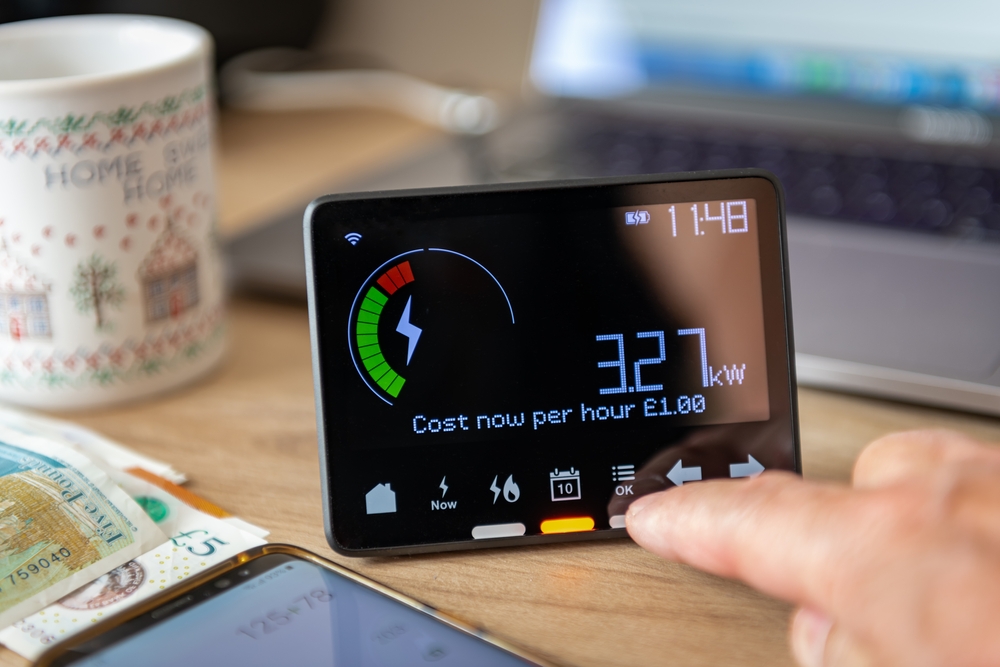Well, the long-anticipated election has finally been called. While the division between parties widens, the stakes for both large and small electricity users and emitters couldn’t be higher.
With Labor finally admitting they cannot make energy cheaper, they had promised in the last election that by 2025, energy costs would be $275 lower per household. However, their all-in renewables plan has only pushed them further from this goal, with rising wholesale electricity costs and transmission development blowouts driving prices even higher.
The latest example is TransGrid’s Project Energy Connect, which is both over budget and significantly behind schedule. The costs will ultimately be passed on to end users through tariffs. This is further compounded by other projects, such as the Marinus Link, where stage one alone is estimated to cost around $4 billion, already 17% over budget, despite construction not being scheduled to begin until 2026. Costs are likely to rise even further across both stages. Additionally, changes like the reform of Frequency Control Services payments, set to take effect by June 2025, will continue to drive up costs for end users.
It is likely the reason Labor used their final budget to extend the electricity rebate for a further 6 months, nothing like using a band-aid to stem the bleeding.
However, this will do little to offset the expected 8.9% increase in the default price set by the AER for the next financial year. With no control over these pass-through costs, end users will bear the brunt, and a $150 rebate over six months won’t come close to covering the rising costs, regardless of how long subsidies last.
The Liberals are also making enemies in parts of the industry. While they remain committed to their much-debated nuclear plan, the interim would need to be covered by a gas reservation scheme, requiring suppliers to divert 10–20% of their output from the international market into domestic supply chains for gas generation and household use, a move that producers are unlikely to welcome.
To appease the industry, the Coalition is promoting a relaxation of the safeguard mechanism, which may explain the declining appetite for SMCs and ACCUs, along with their falling prices. The incentive for increased supply could come from removing best practice baselines for new gas projects, while a potential reduction in baseline reduction rates is being floated as a way to secure industry support.
What is evident as we enter the first full week of campaigning is that energy is a hot topic and will be one of the significant cornerstones of both parties’ campaign strategies.









